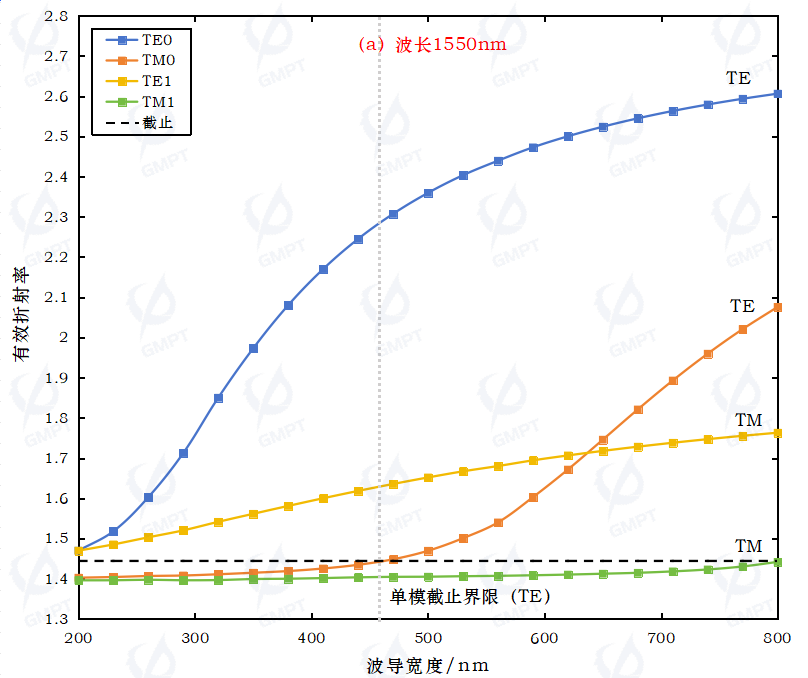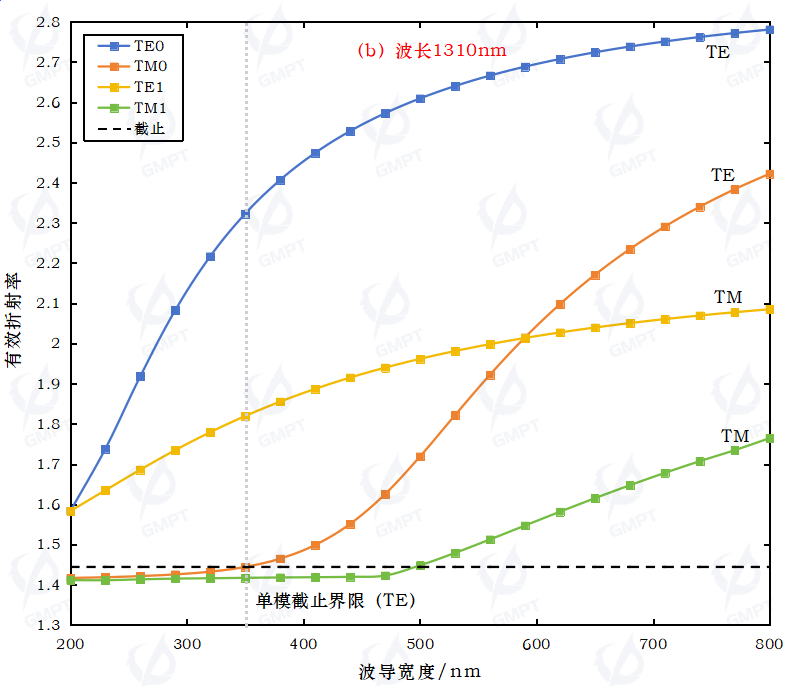Passive Devices
GMPT, October 2024
Abstract: This topic uses Macondo to simulate the optical properties of passive devices such as HalfRing, MRR, MMI, and PSR. The FDTD3D solver in Macondo meets the accuracy requirements for key characteristic indicators in device simulation and design, providing tool support for the silicon photonics industry.
1. Introduction
Passive devices constitute a significant proportion of large-scale integrated chips. They can be classified by function into I/O couplers, couplers and power splitters, filters, and multiplexers/demultiplexers. Key components include waveguides (WG), micro-ring resonators (MRR), multimode interference couplers (MMI), spot size converters (SSC), edge couplers (EC), Y-branch splitters/combiners, grating couplers (GC), arrayed waveguide gratings (AWG), Bragg gratings (BG), polarization splitters (PB), polarization rotators (PR), diffraction gratings (DG), and polarization splitter rotators (PSR).
With the rise of technologies such as artificial intelligence, augmented reality, 5G, and quantum optics, optical communication and interconnection systems impose increasingly stringent requirements on silicon photonic devices and chips. These include lower power consumption, higher integration, lower loss, reduced crosstalk, larger capacity, and greater tolerance. Silicon photonic devices must meet more stringent demands, such as dimensional tolerances as precise as 10 nm. Certain silicon photonic devices even require waveguide widths smaller than 100 nm, necessitating higher accuracy in silicon photonic manufacturing processes and simulation validation.
As chip designs demand higher device integration, integrated passive devices are becoming more prevalent. Examples include compact micro-ring filters combining bent waveguides, couplers, and micro-ring resonators; ultra-high-Q microcavities; micro-ring sensors combining waveguide gratings and micro-ring resonators; and polarization splitter rotators combining polarization splitters, polarization rotators, and directional couplers. Wave optics and electromagnetic simulation software are efficient tools for studying such innovative integrated silicon photonic passive devices. Macondo simulation software not only analyzes the internal electromagnetic properties of devices, optimizes device structures, and validates the performance of new devices, but also significantly enhances product development efficiency.
This topic focuses on using device simulation to understand the electromagnetic characteristics of various silicon photonic passive devices, validate the performance of new devices, and identify ways to improve their performance, ultimately enhancing the key performance metrics of silicon photonic passive device designs.
2. Simulation Tools
This topic primarily uses Macondo software's FDTD3D solver and mode calculation solver for passive silicon photonic device simulations. Macondo is a wave optics and electromagnetic simulation software based on finite-difference time-domain, finite-difference eigenmode solving, eigenmode expansion, and propagation algorithms. It analyzes the electromagnetic characteristics of passive and active waveguide devices, supporting the research, design, and optimization of silicon photonic devices, photonic integrated circuits, optoelectronic devices, and micro-nano optical components.
The software outputs effective refractive index data, waveguide mode loss, TE/TM polarization fraction, S-parameter curves and matrices, transmission/reflection curves, frequency-domain electromagnetic field distributions, time-domain electromagnetic field distributions, refractive index distributions, and photo-generated carrier rate distributions. These features enable the analysis of device electromagnetic properties and structural optimization to improve device performance.
The effective refractive index is a critical characteristic of passive devices and serves as an indicator of simulation accuracy. Below, the mode calculation solver in Macondo is used to obtain the effective refractive index for waveguides of different widths.
Relationship between the effective refractive index of waveguide modes and waveguide width:


3. Simulation Device List
- Focusing Grating Coupler
- Optical Power Splitter
- Half-Ring Coupler (HalfRing)
- Micro-Ring Resonator (MRR)
- Multimode Interference Coupler (MMI)
- Polarization Splitter Rotator (PSR)
4. Conclusion
This topic demonstrates the simulation of the optical properties of silicon photonic passive devices using Macondo software. It presents device structural parameters and simulation results, meeting the accuracy requirements for key characteristic indicators in device simulation and design. This topic aims to help users fully understand Macondo software and learn to use it for the simulation and design of silicon photonic passive devices.